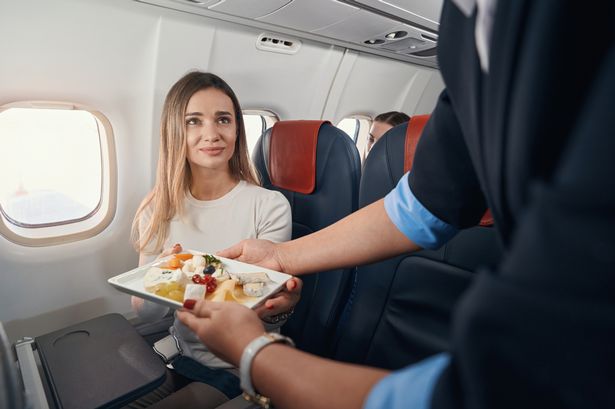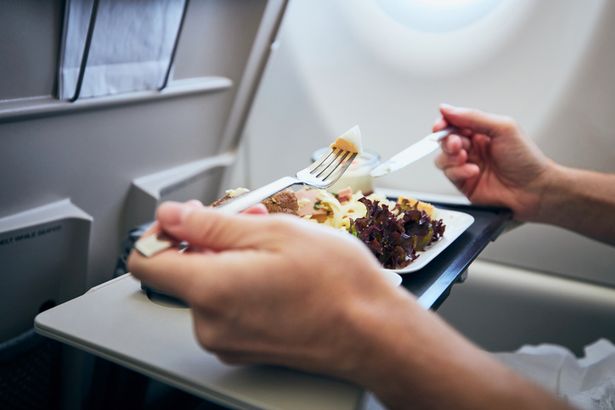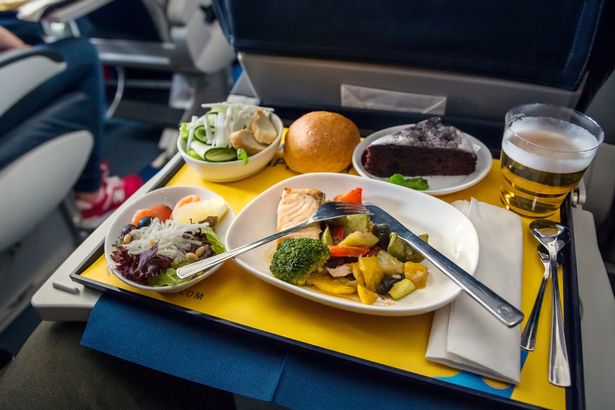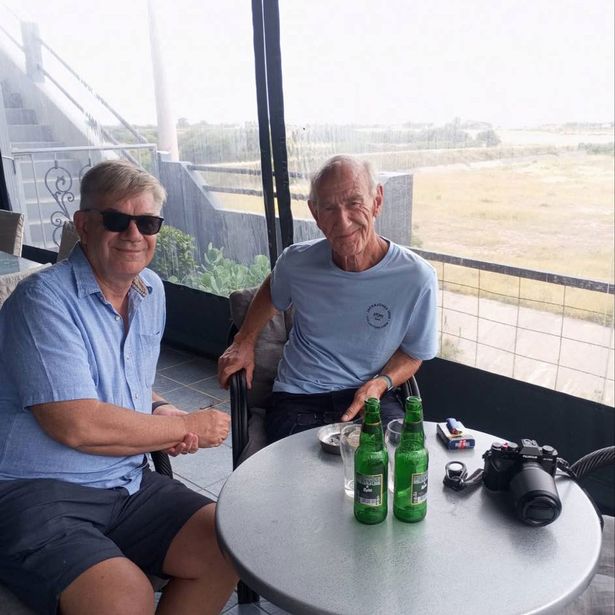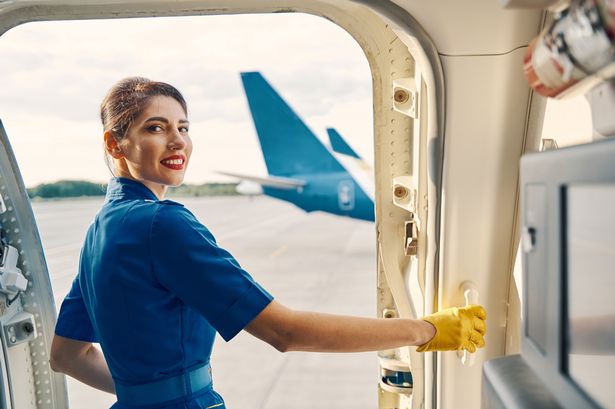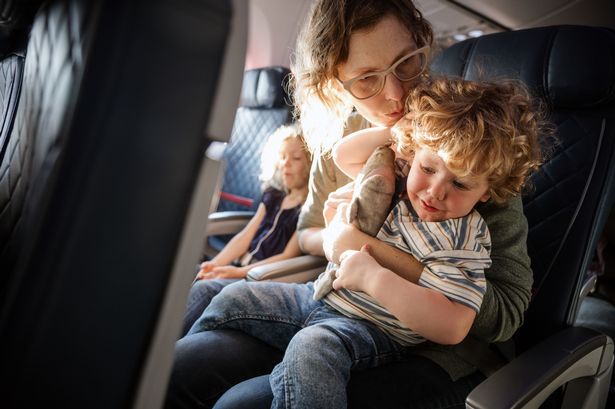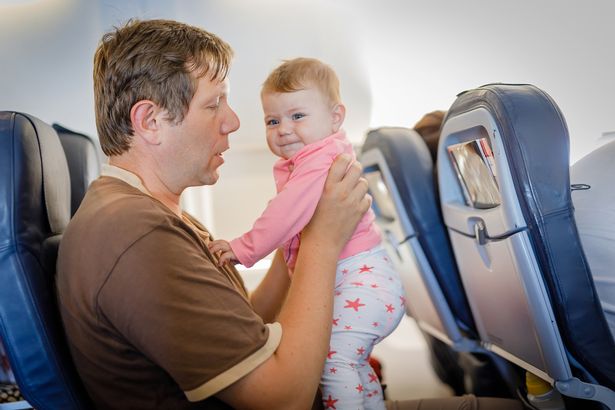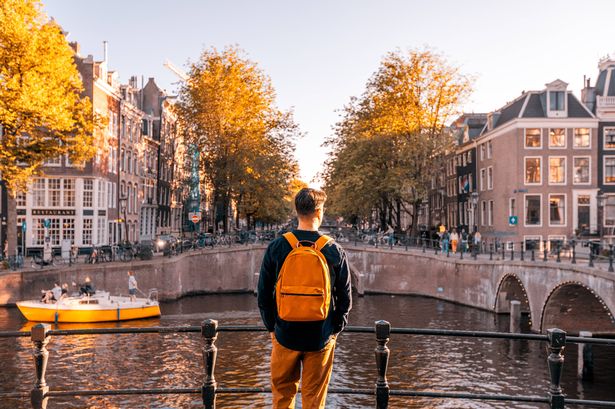A former Caledonian Airways cabin crew member has shared her advice on what foods to avoid on-board and explains why a more expensive travel class may not mean a better meal
Many airlines have been striving to improve the poor reputation of in-flight food by expanding their menus. But one former cabin crew member says there are some foods you should still avoid.
Charlotte Crocker spent 12 years working as cabin crew on long-haul flights for airlines including Thomas Cook, Astraeus and Caledonian Airways. Speaking to Metro, Crocker shared what in-flight food you should avoid, and explained why the meals are so salty.
When it comes to food worth avoiding, the ex-air hostess shared that passengers should avoid any food (fruit and salad in particular) that isn’t served in a sealed packet. “Cabin crew are trying their best, but it gets very busy in the galley during catering, sometimes lids get dropped and salad doesn’t always get washed,” explains Crocker.
READ MORE: Cabin crew reveals two popular drinks you should ‘never’ consume on a flight
Though she emphasises that you are unlikely to get food poisoning on a flight and that travellers just need to use “common sense” when it comes to what they’re eating. She also shared that she avoids drinking alcohol on planes.
“Personally, I don’t drink alcohol on planes as it’s very dehydrating. I also try to stay away from anything fizzy as well as food that’s too salty or spicy because it causes bloating and nobody wants to be unwell on a plane.”
You may have noticed that the food choices in the cabin are not known to be particularly healthy, and tend to be quite salty. She added: “It’s difficult to have healthy food at 35,000 feet” and there is a reason it’s usually sodium-heavy.
“Our bodies are functioning differently at that [high] altitude, so our tastes change and the food becomes bland, so we end up having to put lots of salt and seasoning on the meals to make it taste better,” she explained.
She also says that if you are looking for quality food, you’ll probably need to upgrade your seat. “If you’re in economy, the frozen meals are not the greatest quality and that’s because of the budget – if you want really cheap flights, you’re not going to be able to have the type of food that you get in first-class, which is of a much higher standard.”
That said, the ex-cabin crew member admits it’s difficult to produce decent meals when you don’t have a proper kitchen on-board, which affects all classes of passengers. “The galley in first-class is lovely but the ovens aren’t actually any different to the ones down the back of the plane.”
Crocker says that the best meal to eat on a flight is actually the one you bring yourself. While she and her fellow crew used to “polish off whatever passengers didn’t want” this didn’t leave her feeling great.
“There’s too much fat and salt in the meals and snacks – I would end up feeling absolutely horrendous,” she said. “I had to reprogram myself and start taking my own food on flights. It’s a complete pain to have to do meal prep, but it makes such a difference and I recommend giving it a try as it’s so much better for you.”
Each airline has specific guidelines on what food and how much you can bring into the cabin, so you will need to familiarise yourself with these regulations before flying. Crocker says she usually opts for “packet soups, tea bags, oatcakes and instant porridge pots” – though keep in mind some crew members warn against drinking the hot water on planes.
